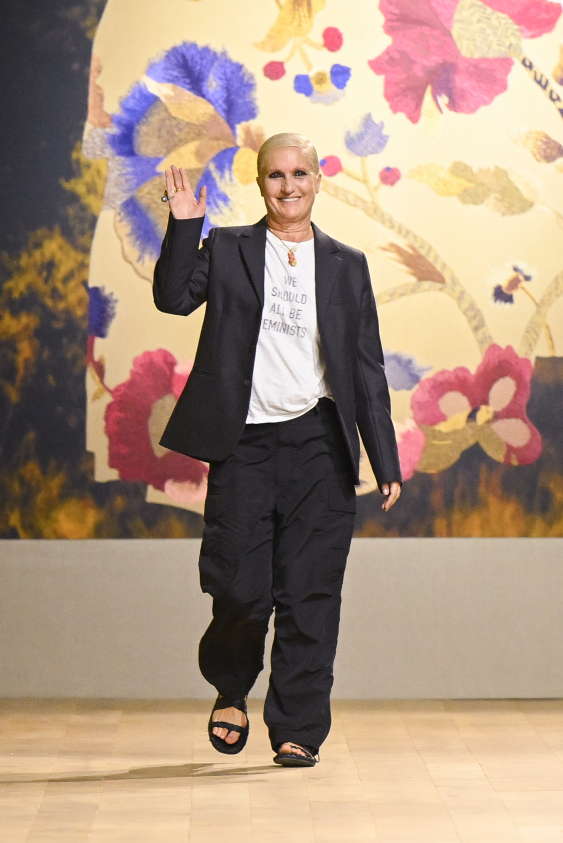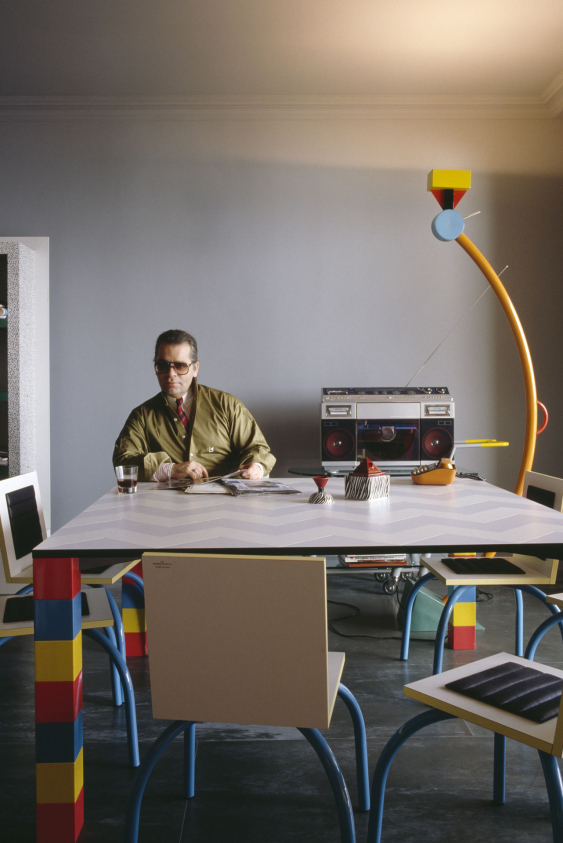
Haftalık E-Bülten
Moda dünyasında neler oluyor? Yeni fikirler, öne çıkan koleksiyonlar, en vogue trendler, ünlülerden güzelllik sırları ve en popüler partilerden haberdar olmak için haftalık e-bültenimize kaydolun.

Haftalık E-Bülten
Moda dünyasında neler oluyor? Yeni fikirler, öne çıkan koleksiyonlar, en vogue trendler, ünlülerden güzelllik sırları ve en popüler partilerden haberdar olmak için haftalık e-bültenimize kaydolun.


In the few Paris collections that expressed the genuine spirit and skills of haute couture, Karl Lagerfeld created paintings from tiny tufts of fur for Fendi Haute Fourrure
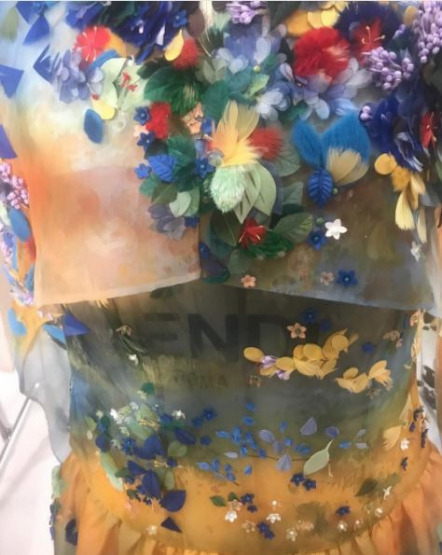
"Symbolist springtime" were the words Karl Lagerfeld chose to describe the wash of pale florals that formed the backdrop on the classic Parisian theatre stage.
But, more importantly for the Fendi Winter 2017 Haute Fourrure collection, was the way that the effect of Impressionist painting was achieved – perhaps in tiny rivulets of fur forming a flower; mink worked in lace; or even golden needle-work catching fur threads.
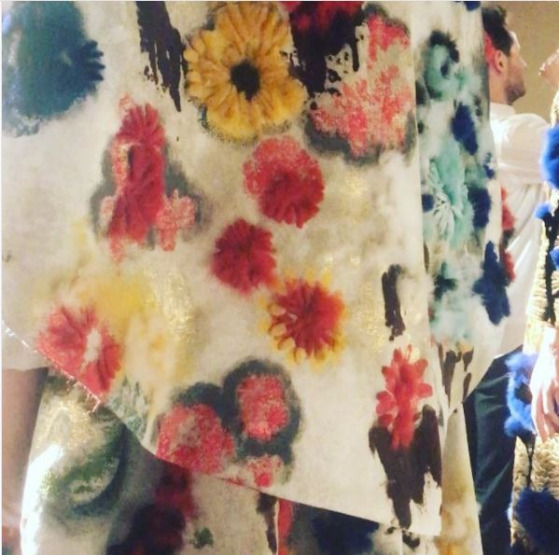
These flowers from another world created an ethereal beauty as papery leaves flapped gently like butterfly wings. Other florals included purple cut-outs with semi-transparent petals and tufts of fur at the centre.

Such was the eerie energy of the work that lingering applause brought Karl on stage for three encores.
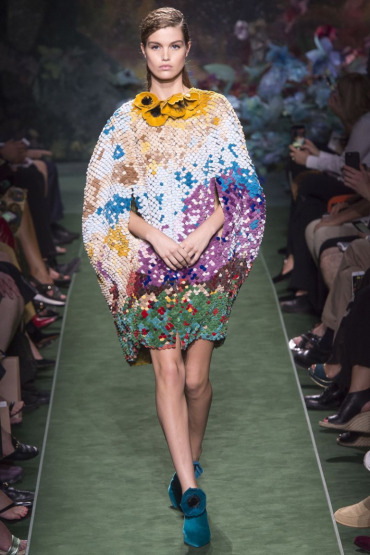
With its fur turned into fashion pieces, from coats with splotches of furry flowers to what looked like Pointillist painted dresses, the show had a majestic feel. Bernard Arnault and his family sat in the centre of the main balcony, while Karl Lagerfeld and Silvia Venturini Fendi stayed backstage.
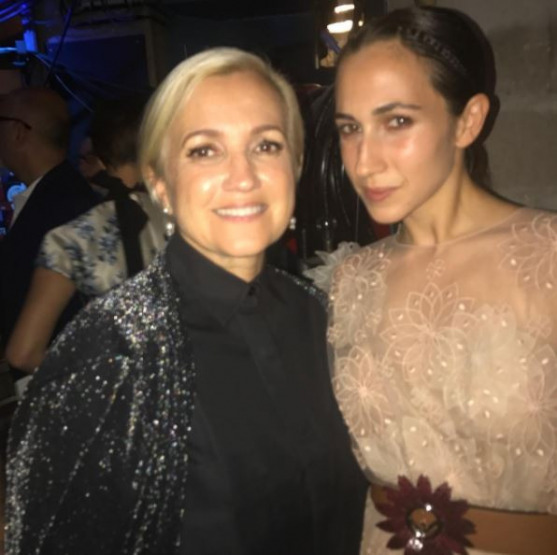
Yet for all the magnificence of this fairy-fingered workmanship – sometimes reducing fur to the fluff of a flower – the show did not have the emotion of last summer’s 90th anniversary of Fendi, held in front of Rome’s Trevi Fountain. There the whimsical outfits, with embroidered or painted fairy-tale motifs, were shown right in front of the audience, while a theatre inevitably turns a show into a spectacle seen from a distance. And that was not really what this Fendi collection was about.
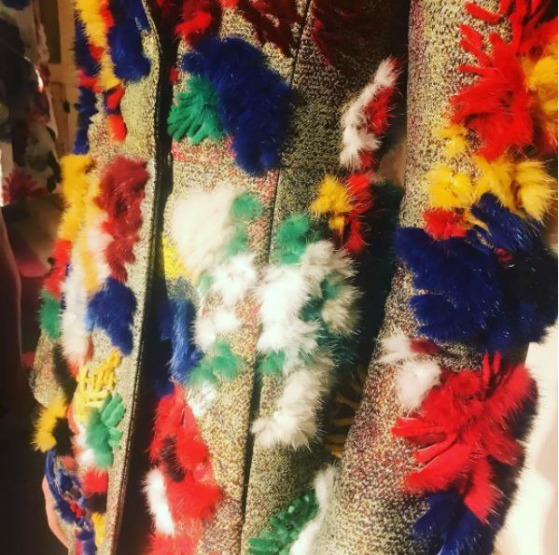
It focused on exceptional work and extraordinary detail. I had the good fortune to be able to talk backstage to a technical furrier whose explanation of how three-dimensional flowers grew into shape was awe-inspiring. Metallic jacquards, leather lace, and golden needlepoint created an intricate effect that only master technicians can achieve.
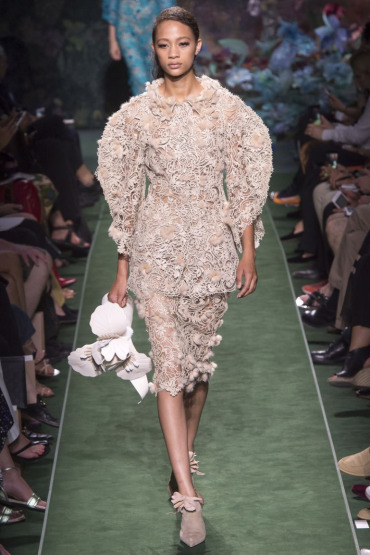
The concept of pushing experimentation in fur included organza painted with pieces of sheared mink, keeping the softness of the fur while retaining the colour.
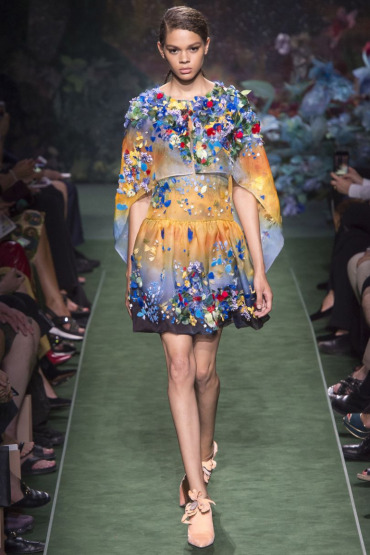
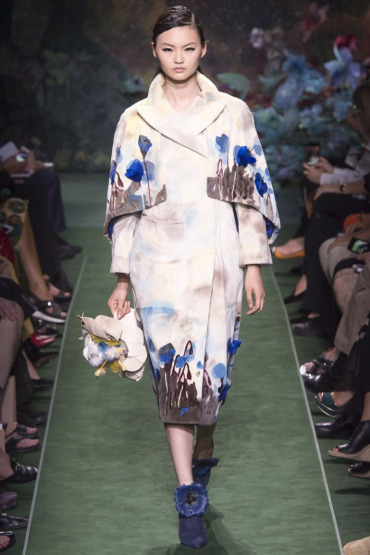
Another was a hand-painted mink suit with appliquéd poppies, giving the illusion of a third dimension. In this case, Karl had referenced a 15th-century painting whose subject wore intricately embellished collars and asked for that vision to be re-interpreted for today.

When the models lined up in a gallery after the show, it was possible to see and admire the workmanship. But nothing could give the emotional charge of seeing mink lace, sheared and stripped to wispy threads.
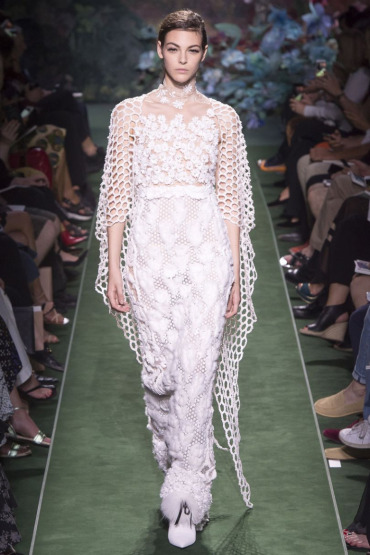

The Fendi show underlined the problem, even confusion, of current couture. If eager designers think that they would like to join Haute Couture Week, let them be put through a few tests: create in a mere 560 hours mink, cut like tiny pieces of confetti into 10,000 individual paillettes, and stitch that on a cape.
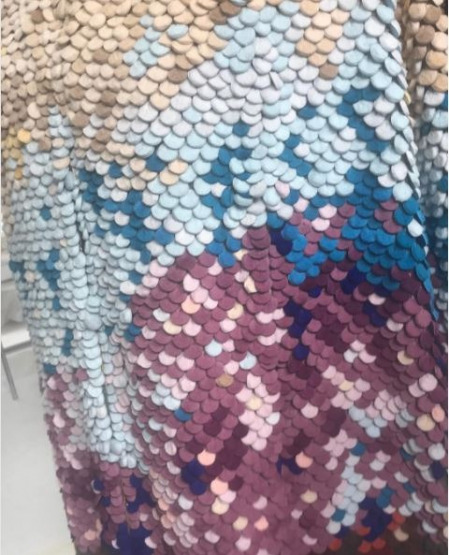
You may feel that such intricate work is ridiculous or unnecessary. But it is definitively couture. And the great drama of high fashion today is to make people understand the energy and the love that goes in to each piece.
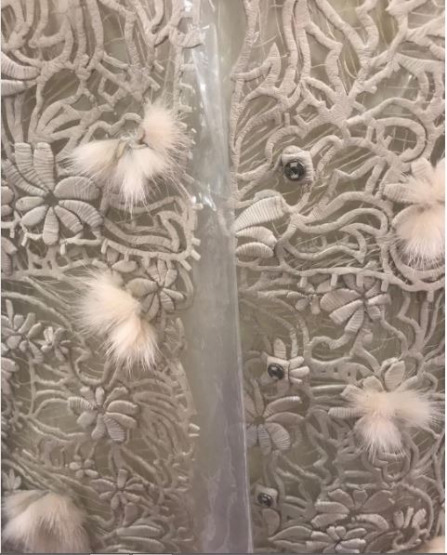
I would favour films of how the work is created. Too dull and pedestrian? No. Such visual explanation would be proof – if it were needed – that at its best, high fashion cannot go any higher.

